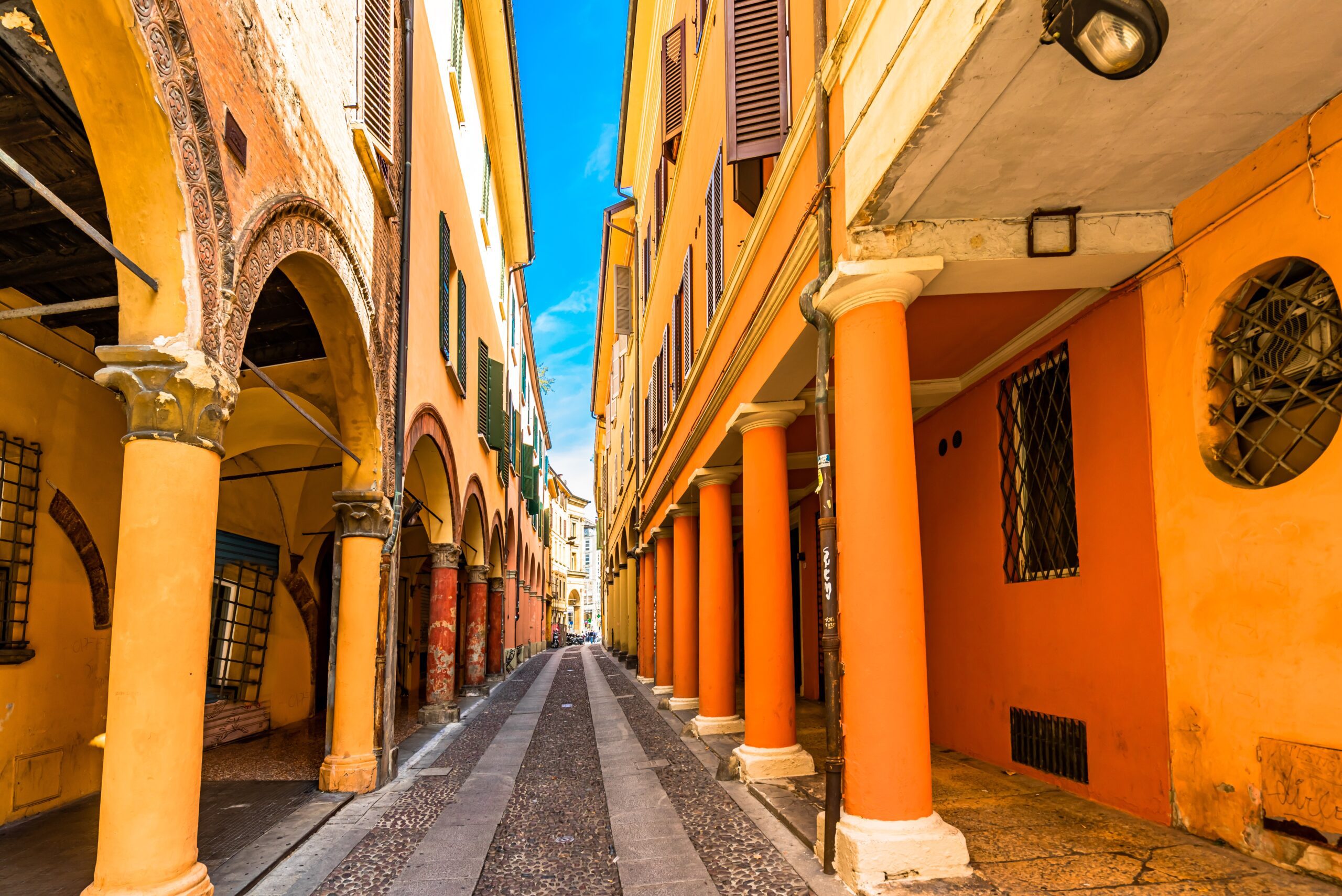
BUYING PROPERTY IN ITALY
Buying in your own country can be hard enough, but buying in Italy doesn’t have to be!
I believe in providing my clients with simple, clear information to help them make an informed decision when buying in Italy. This guide details the major steps to consider in the buying process.
THE ITALIAN TAX ID NUMBER (CODICE FISCALE)
This is the fundamental first step in the buying process. The Italian tax code is an alphanumeric code based on your last name, first name, place of birth, and date of birth. The number can be obtained via the Italian embassy or consulate in your home country. Per Italian law, all participants in a property transaction must provide their tax code to the notary (notaio) so that it can be recorded in the deed of sale and be officially registered with the government.
1.
2.
OPENING AN INTERNATIONAL OR ITALIAN BANK ACCOUNT
You’ll need a bank account that lets you move money more quickly, easily, and cheaply than a wire transfer. Many clients chose Wise or other types of internet based accounts that allow you to hold and move multiple currencies easily.
THE OFFER (PROPOSTA DI ACQUISTO)
You’ve found your dream home and are ready to make an offer. Now it’s time to negotiate and write a formal purchase offer. We’ll prepare this document in both English and Italian. Once signed by you, this legally binding document is sent to the seller, along with proof of payment or check for a deposit (caparra), which is typically around 10% of the offered price. The proposal will also establish a preliminary timeline and other conditions of the sale. After the seller accepts the offer, the property will be withdrawn from the market and further due diligence on the property will begin.
3.
4.
THE PRELIMINARY SALES AGREEMENT (COMPROMESSO)
The preliminary sales agreement typically happens within 30 days of the acceptance of the offer. This legally binding contract serves to formalize and layout in full detail the legal description of the property, purchase price and conditions, completion date (for properties still under construction), and other details. It also officially establishes the closing date. Once signed, a second deposit will become due, typically between 10 – 30% of the purchase price.
THE CLOSING (ROGITO)
This is it! Closing day. The official act of the closing and signing of the deed marks the end of the buying process. Both parties must be present in the notaio’s office, but in case you can be there, power of attorney can be arranged. The deed and notarial documents will be signed, the balance paid, and the keys handed over to you. Congratulations! It’s time to break out the spumante!




